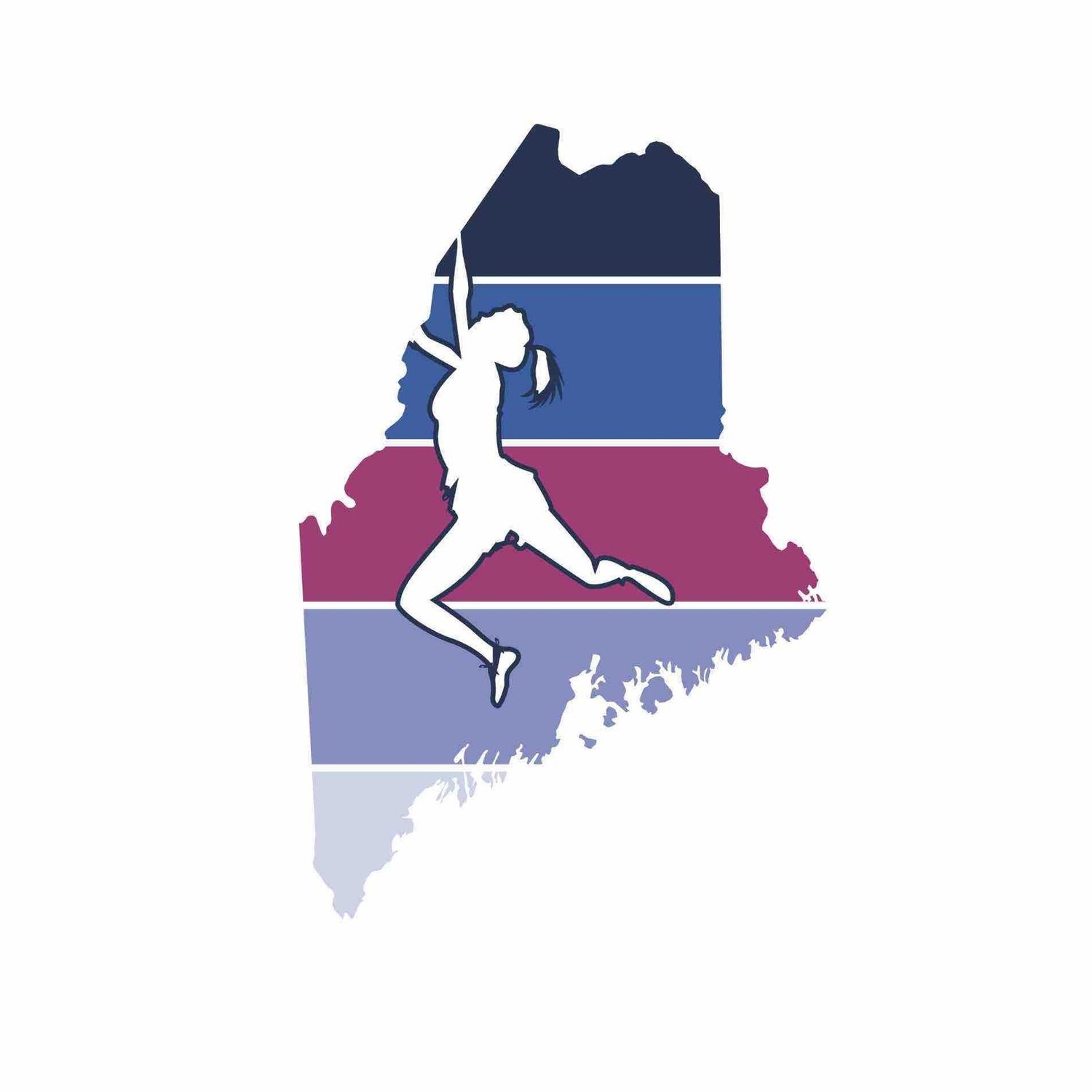Incorporating Advanced Bouldering Techniques into Your Climbing Routine for Peak Performance
Introduction to Advanced Bouldering Techniques
To up your climbing game, it's crucial to weave advanced bouldering techniques into your routine. This means more than just having brute strength or stamina. It's about the smart use of your body and mind to tackle climbs more efficiently. Think of bouldering as a puzzle; each move is a piece, and knowing where to place your foot or how to grip can make or break your climb. Some key techniques include dynamic moves (like jumping or lunging for a hold), flagging (where one foot is placed out to the side for balance), and heel hooks (using your heel to grab a hold, taking some weight off your hands). It's not just about power—it's about poise, precision, and thinking ahead. Mastering these will not only enhance your performance but also make climbing more enjoyable and reduce the risk of injury. Start small, practice regularly, and soon these advanced techniques will become second nature.
The Importance of Bouldering Techniques for Climbing Performance
Mastering bouldering techniques isn't just about showing off—they're essential for pushing your climbing to new levels. These techniques, such as precise footwork, powerful grip strength, and efficient body positioning, can mean the difference between conquering a route and falling short. When you incorporate advanced bouldering moves into your climbing routine, you're not just learning new tricks. You're building a foundation that makes every climb smoother and more successful. It's like having a toolbox. The more tools you have, the better you can adapt to different climbing challenges. Plus, focusing on bouldering techniques sharpens your problem-solving skills on the wall, making you a smarter climber. To get better, make bouldering practice a regular part of your routine. The gains in strength, technique, and confidence will be well worth it. Remember, every great climber started by mastering the basics and then steadily added more tools to their climbing arsenal. It's your turn now.
Essential Tools and Equipment for Effective Bouldering
To get serious about bouldering, it's not just about raw strength or guts. You need the right tools. First up, a good pair of climbing shoes is non-negotiable. They should fit snug but not crush your toes, giving you the grip and sensitivity you need on those tiny holds. Next, a chalk bag and quality chalk keep your hands dry, crucial for that extra bit of friction when you're hanging by your fingertips. Don’t forget a durable bouldering mat. It cushions your falls, protects your ankles, and boosts confidence. Many also carry a small brush to clean holds, ensuring maximum grip. Lastly, for those really into honing their craft, a hangboard for home use trains grip strength safely. These tools aren't just accessories; they're your partners in pushing limits on the bouldering wall.
Mastering Footwork: The Foundation of All Bouldering Techniques
Footwork isn't just a part of bouldering; it's the core of everything. Get your footwork right, and you'll notice a huge shift in your climbing game. For starters, focus on placing your feet thoughtfully rather than just scrambling up the wall. Sounds simple, right? But here's the kicker: every precise foot placement means you save energy. That’s energy you can use to tackle more challenging climbs. Think of your feet as your secret weapon. Quiet feet are happy feet in bouldering. This means shifting your weight smoothly and keeping foot movements silent. Why? Because it’s a sign you’re placing your feet with care, not just slapping them onto holds. Next up, use the edges of your shoes. This isn't about the fancy patterns on your climbing shoes. It’s about leveraging the shoe's design to gain maximum grip. By focusing on using the inside and outside edges of your shoes, you can navigate tricky holds that straight-on placements won’t tackle. And remember, it’s not just about going up. Sometimes, moving your feet first leads to a more efficient route than reaching with your hands. This approach takes practice but mastering it will elevate your climbing, making those complex moves seem a lot more manageable. So, lace up those climbing shoes and start paying attention to where and how you place your feet. It's a game-changer.
Handhold Techniques: Improving Grip and Efficiency
When it comes to nailing advanced bouldering, your grip on the handholds makes a world of difference. It's not just about holding on for dear life; it's about how smartly you do it. First off, understand that not all grips are created equal. There are crimps, jugs, slopers, and pinches. Each requires a unique approach. With crimps, be cautious. Overdoing it can strain your fingers. Use the thumb catch or open-hand grip to save your tendons. For jugs, it's more straightforward. They're the best friends of climbers. Your entire hand wraps around them, offering a breather or the chance to plan your next move. Slopers? They're the tricky ones. They demand a calm, firm press, engaging your whole palm and relying on friction. And pinches, those require you to engage your thumb in opposition to your fingers, a true test of hand strength. The key to improving your grip and efficiency lies in practicing these techniques deliberately. Rotate them into your routines. It's about finesse, not just force. Light, precise movements conserve energy and improve your climbing, making those reaches less about luck and more about skill.
Body Positioning and Movement: Maximizing Reach and Strength
When you're scaling a wall, how you position your body and move makes a big difference. It's not just about having the muscle; it's about using your body smartly to get to the top. First off, focus on your center of gravity. Keep it close to the wall. This move will help you stay balanced and use less energy. Next, think about your limbs as levers. The way you angle and extend them can either make your next move easy or super tough.
Here's a quick tip: Reach with your legs as much as possible. Your legs are stronger than your arms. Let them do the heavy lifting. Also, twisting your hips to face the wall can give you an extra reach. This is called the 'hip turn' and is a game-changer. It's all about making smart moves, not just powering through.
Remember, good climbers think two moves ahead. Plan where you'll place your feet before moving your hands. This way, you're always ready for the next move, and you won't waste energy. Keep practicing these techniques, and you'll see a huge difference in your climbing performance. Your body will thank you, and those tough routes will start to feel a bit more doable.
Dynamic Moves: When and How to Use Momentum
Dynamic moves in bouldering are all about using momentum to your advantage. It's not just about strength; it's about timing and efficiency. When a hold is too far to reach statically, that’s when you bring in the dynamic move. You'll see climbers leap or jump, pushing off with their legs and reaching with their arms in one fluid motion. So, how do you nail this technique? First, eye your target. Get a clear visual on where you're aiming. Then, lower your center of gravity. This helps with explosive power. Push off with your legs, not your arms—your legs are stronger. As you leap, reach with determination but also be ready to grasp and hold firmly. Timing is everything. You catch the hold at the peak of your momentum, when your body is momentarily lighter. Practicing dynamic moves starts with small leaps and progressively gets more ambitious as your confidence and skill grow. Remember, it’s not just about getting from point A to point B. It’s about mastering the balance between power and precision using the momentum of your own body.
Training Strategies for Enhancing Bouldering Technique
To up your bouldering game, mix up your training with both climbing-specific and general workouts. Focus on grip strength. Hit those pull-up bars and practice hanging. Get comfortable gripping differently - from tiny crimps to big slopers. Core is key. Planks, leg raises, and yoga improve balance and stability, letting you nail those tricky moves. Technique drills on the wall are a must. Practice precise footwork, body positioning, and dynamic moves. Don't forget about rest. Your muscles need time to recover and grow stronger. Finally, watch and learn. Observing skilled climbers and trying to replicate their techniques can offer new insights and spur improvement. Consistent, well-rounded training will set you up for bouldering success.
Incorporating Bouldering Techniques into Your Climbing Routine
Bouldering is not just climbing without a rope; it's an art that focuses on short, challenging routes, called problems. Think of it as the sprinting of rock climbing. To get better at climbing in general, mixing bouldering into your routine is smart. It sharpens your technique, builds explosive power, and improves your problem-solving skills. Start with basic techniques like proper footwork and body positioning. Footwork is all about using your feet to support your body weight efficiently, so you conserve arm strength. Body positioning is crucial because it impacts your balance and reach. Next, focus on grip types. Bouldering will introduce you to a variety of grips, from crimps to slopers. Knowing how to handle these will come in handy on longer climbs. Dynamic movements are another piece of the puzzle. Bouldering often requires quick, powerful moves to reach the next hold. This can help you overcome difficult sections on longer routes. Lastly, bouldering builds mental toughness. You fall, you get back up, and you try again. This resilience is invaluable. Incorporate bouldering into your routine gradually. Add a bouldering session to your weekly schedule, and focus on these techniques. It'll make a noticeable difference in your climbing performance.
Conclusion: Elevating Your Climbing Through Advanced Techniques
Wrapping it up, getting better at climbing isn't just about pushing yourself physically; it's also about being smart with the techniques you use. By incorporating advanced bouldering techniques into your routine, you're not only making the climb easier on yourself, but you're also maximizing your performance. Remember, it's the small details like perfecting your grip, mastering your body positioning, and optimizing your footwork that make the big differences. So, take the time to learn and practice these advanced moves. They might seem tough at first, but with persistence, they'll become second nature. In the end, you'll see your climbing skills soar to new heights. Let's hit those climbing walls with everything we've got and show them what we're made of. The peak performance you're aiming for? It's within your reach. Just keep climbing, keep learning, and most importantly, keep enjoying the journey.


